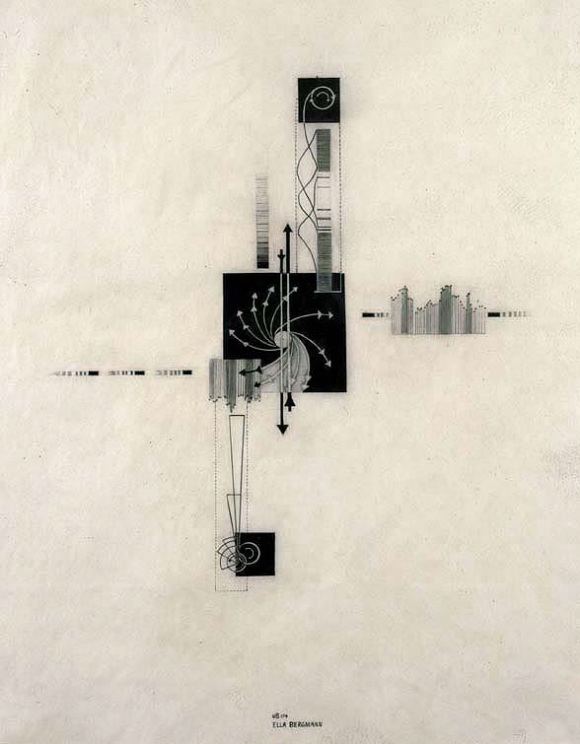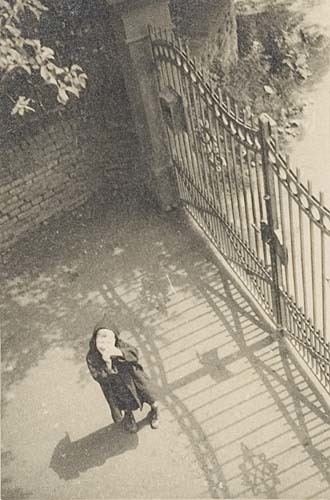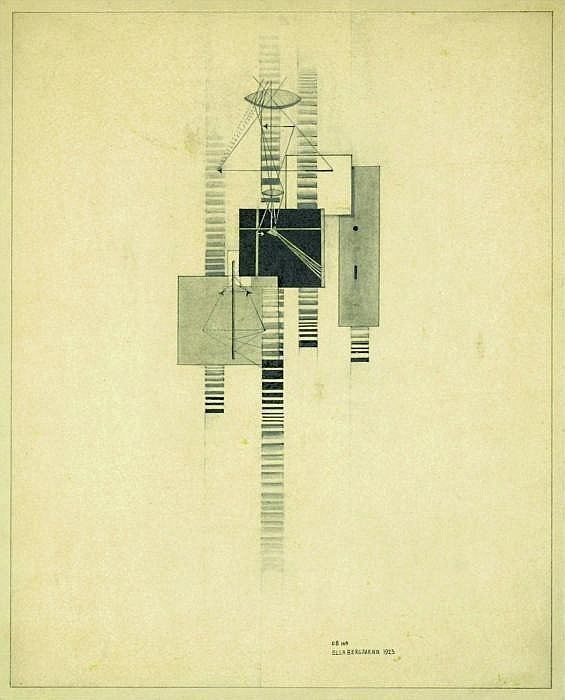Role Artist Known for Painting, collages | Period Constructivism Name Ella Bergmann-Michel | |
 | ||
Born 1896 ( 1896 ) Paderborn, Germany | ||
Ella bergmann michel ausstellung in paderborn in der galerie am abdinghof
Ella Bergmann-Michel (20 October 1896 – 8 August 1971) was a German abstract artist, photographer and documentary filmmaker. An early student of Constructivist art in Germany, her contributions to modern abstract art are often forgotten in American art culture. Bergmann-Michel’s style was very specialized and unique, especially considering the restrictive time in which she was actively working. Most of her work is not titled or signed, making it hard to identify and find in today's art market.
Contents
- Ella bergmann michel ausstellung in paderborn in der galerie am abdinghof
- Early life
- Artistic style
- Marriage and war
- Legacy
- Filmography
- References

Early life

Bergmann-Michel began making art at an early age. By 1915 she experimented with a collage technique in the constructivist style. By using wood, metal and any other obscure material Bergmann-Michel would create very exact and scientific looking collages. By the 1920s Bergmann-Michel had begun to expand her technique even more. In a time when abstract art was considered a lesser art form, Bergmann-Michel incorporated poetry into abstract pieces; she would paste words of meaning right on top of the canvas, as well as paint words on. Bergmann became one of the first artists of the constructivist movement to incorporate photography into her artwork, this was a very important advancement of abstract art, one that was used often by more contemporary artists such as Andy Warhol.
Artistic style

Constructivism was an art form developed early in the twentieth century; Vladimir Tatlin first established it. The new form of art took on different meaning in the different European nations, but the consistency was that it referenced the social and economic problems that the artists felt represented Europe through abstract means. In Bergmann-Michel’s homeland of Germany, Constructivism showed its greatest impact through the Bauhaus school, which was established for the development of the art form.
Marriage and war
By the late 1920s Bergmann-Michel married Robert Michel and moved to Frankfurt Germany. While in Frankfurt she decorated much of the Bauhaus school's minimalist walls. Bergmann-Michel continued doing her art until World War II when she was forced to stop. Being a failed painter himself, Hitler abhorred abstract art of all types. Bergmann-Michel worked on her family’s farm until the war ended. Once the war ended Bergmann-Michel went back to her art. In the later years she continued to make picture collages and vertical/horizontal compositions, none of which are titled.
Legacy
Through her life Ella Bergmann-Michel toured Zurich, London, Belfast, Poland, Milan, Paris and the United States. Her art is distinctive, interesting, and found primarily in European art markets. It is unknown how many paintings and pieces that Bergmann-Michel completed; her art is more important for the movement that it helped to propel, rather than individual pieces themselves. Bergmann-Michel is one of many lost artists of Germany during the era.
